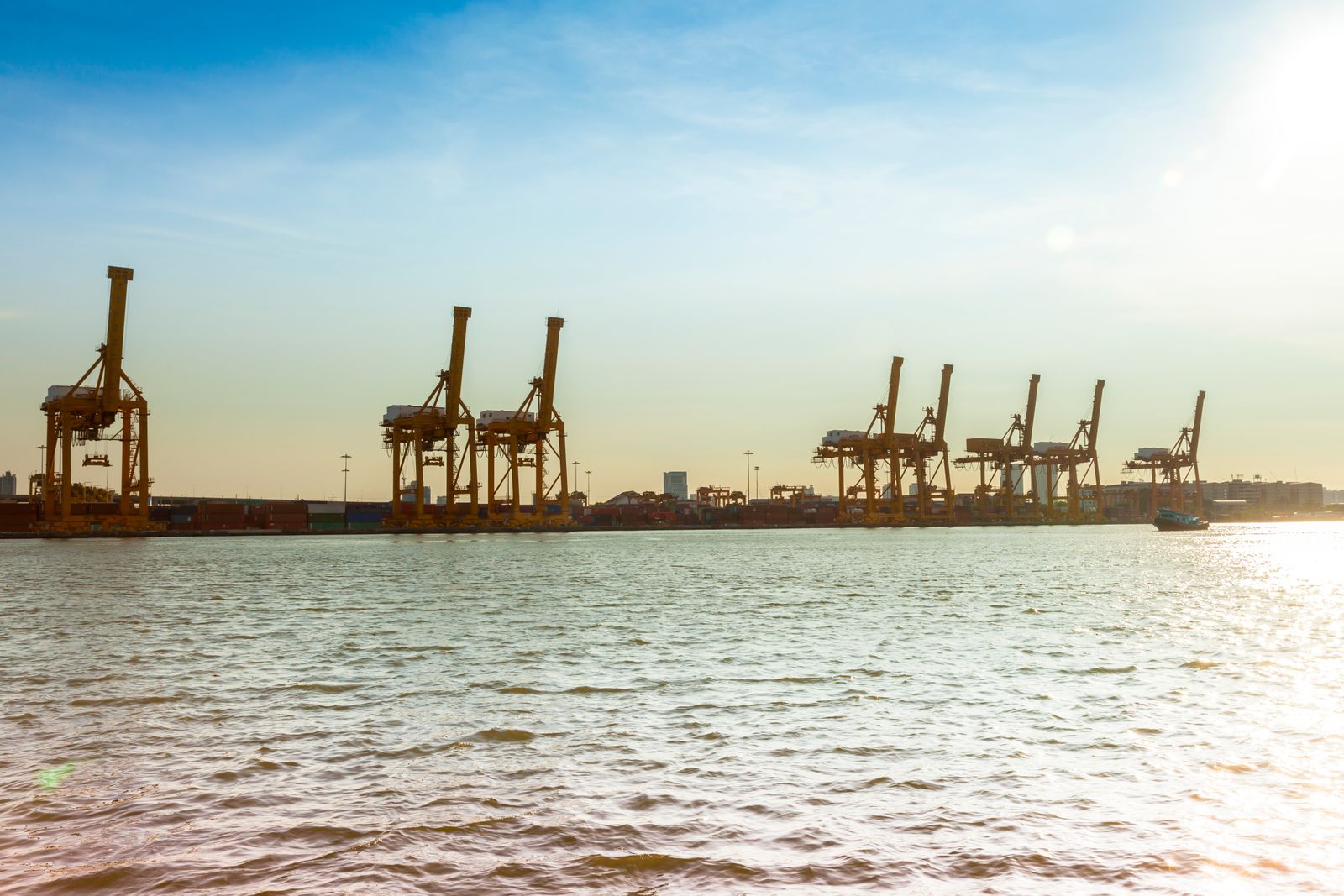
The United States is moving forward with a plan to collect port fees, putting the onus on ocean carriers to calculate and setting the stage for a showdown with China, which is teeing up its own retaliatory actions.
The US Customs and Border Protection in a notice issued Friday, directed ocean carriers to determine any China-built tonnage calling US ports and pay new fees starting Oct. 14. China-based operators face harsher fees than their counterparts, spurring Beijing last week to prepare its own retaliatory“special fees”for ships that are tied to actors hurting Chinese interests.
The vagueness of the criteria China could use to determine ties to the United States has expanded the risk of other ocean carriers getting caught in the crossfire beyond the obvious targets: US-flag vessel operators. A change to Chinese shipping law that took effect Sept. 29 allows China to go as far as blocking vessels from its ports.
The US Maritime Administration has been in a long-running disagreement with China's Ministry of Transport, accusing Chinese ports of giving unfavorable treatment to US-owned vessels. Both countries agreed to a level playing field through the US-China Bilateral Maritime Agreement, which took effect in 1998.
The US federal register notice doesn't detail how US Customs and Border Protection (CBP) would enforce the new port fee. The shipping industry largely failed to convince the USTR to again water down the Section 301 tariffs underpinning the port fees, although LNG-vessel shipowners and operators were exempted. The shipping industry successfully lobbied to ease the planned USTR port fee, with the agency releasing a less-severe plan in mid-April.
Container lines have made moves to avoid the new fees. A week prior to Oct. 14, there were 647,000 TEUs of China-built capacity, equating to 13% of the tonnage on the trade between Asia and North America, according to rate benchmarking provider Xeneta. On the trans-Atlantic, which includes some Canada-only calls, there were 81,000 TEUs of capacity or 8.6% of deployed capacity. There's more than 118,00 TEUs of China-built tonnage from vessels that are smaller than 4,000 TEUs and deployed on US services but are excluded from the new port fee.
But Cosco Shipping, its subsidiary OOCL, and Hede can't avoid them and are the primary targets of the US response to what it sees as unfair subsidies to Chinese shipbuilding. Cosco and OOCL, which handle most US laden imports from China, have pledged to continue operating in the US trades.
China has stayed largely silent on the planned US port fees since they were proposed in late February, acting by changing its shipping law just two weeks before planned implementation. Chinese shipowners were quick last week to back the change to the Regulations of the People's Republic on International Ocean Shipping, which China modeled on the US Shipping Act approximately 20 years ago.
“This is of great significance for promoting the establishment of a fair and equal international maritime transportation governance system, facilitating the smooth flow of global trade, and safeguarding the security and resilience of industrial and supply chains,”the China Shipowners' Association said in a Sept. 30 statement.

